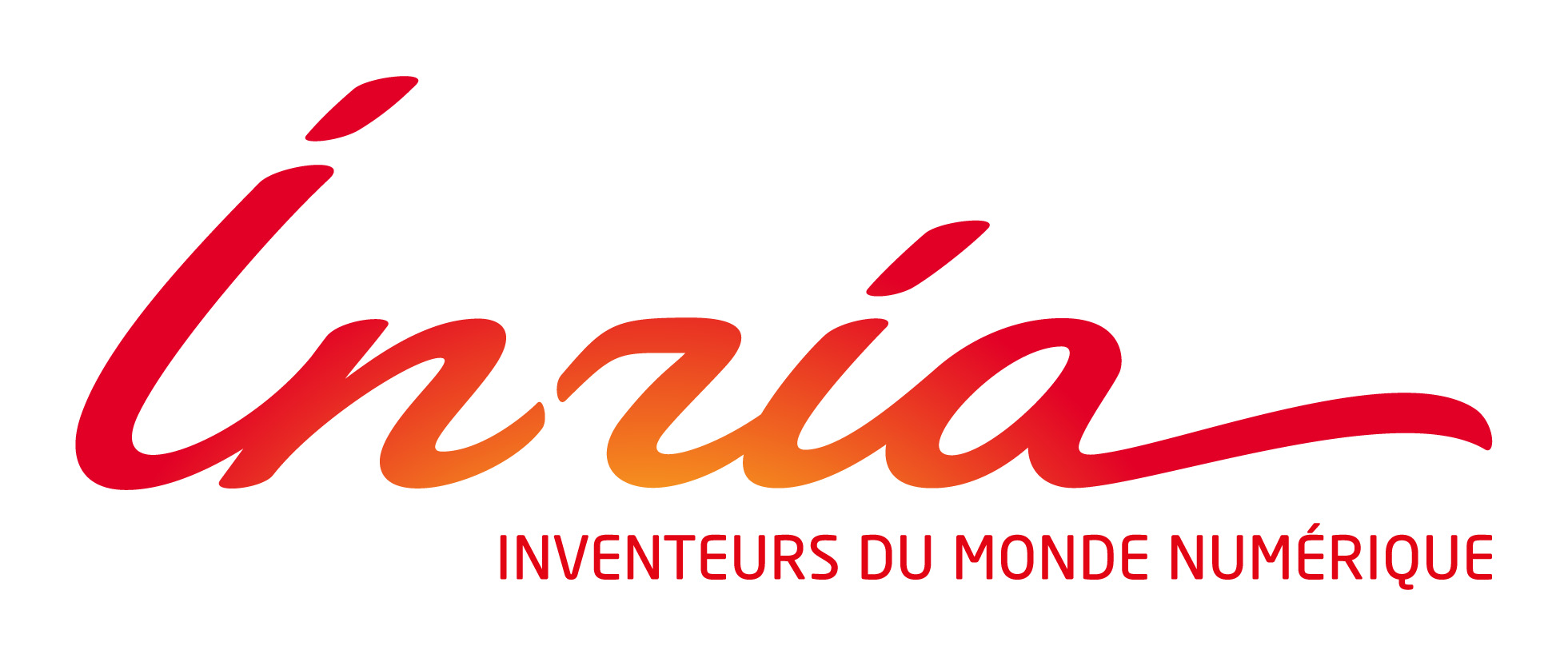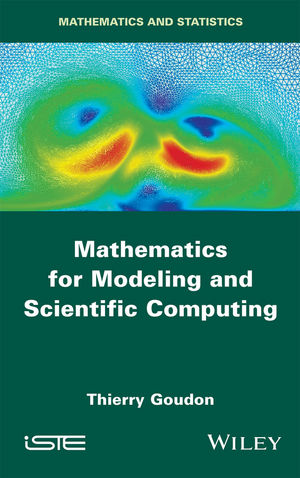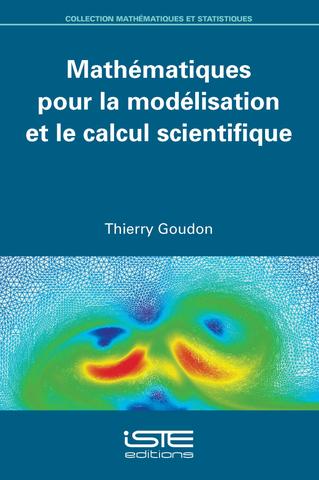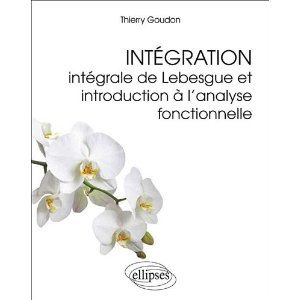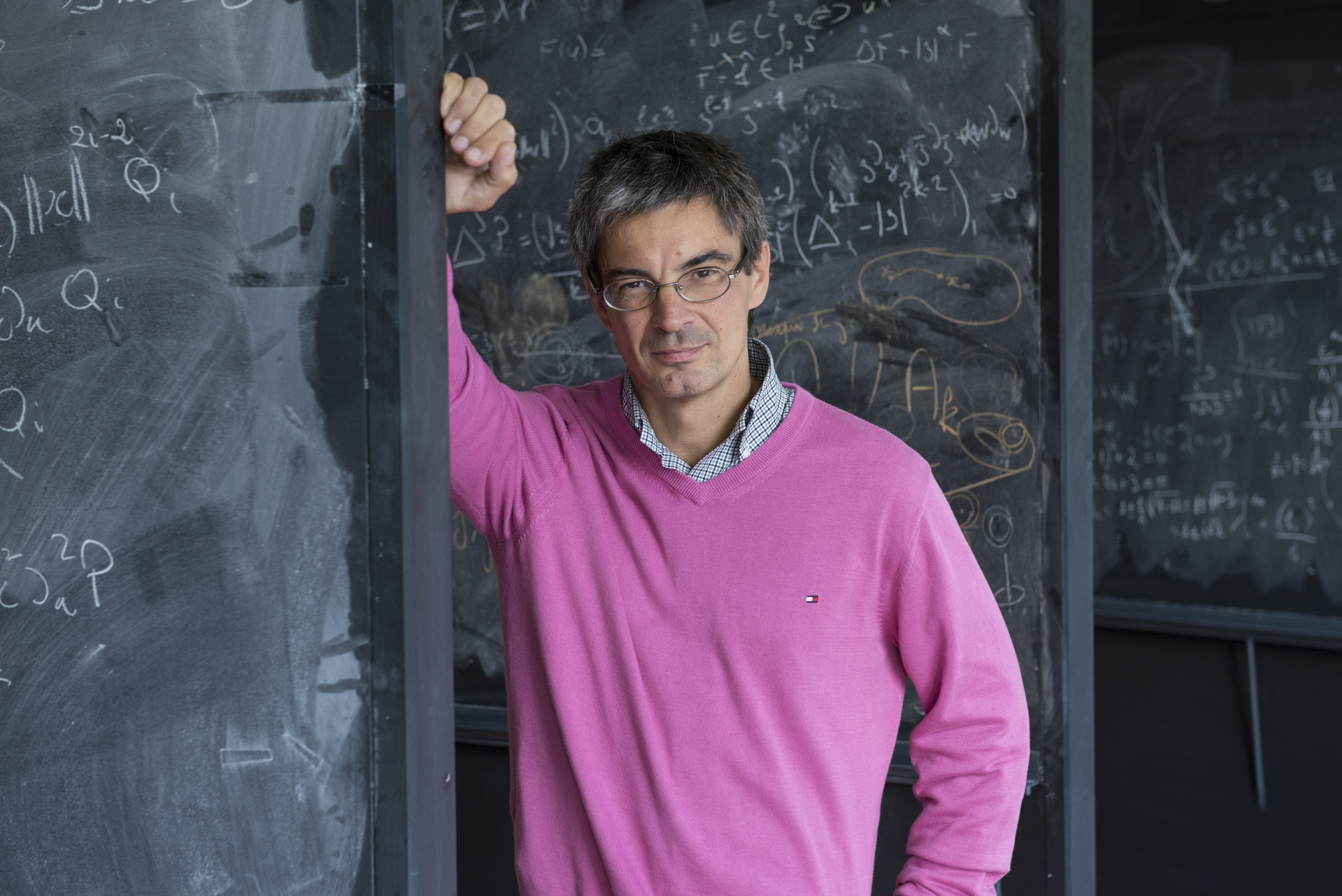
© Inria / Photo H. Raguet
Thierry Goudon
INRIA Distinguished Senior Research Scientist
Chair of the J. A. Dieudonne CNRS-UniCA research unit.
Formerly, head of the Project Team COFFEE (COmplex Flows For Energy and Environment)
INRIA Research Centre Sophia Antipolis Mediterrannée
2004 route des Lucioles - BP 93
06902 Sophia Antipolis Cedex, France
a joint team with Labo. J. A. Dieudonné, UMR 7351, CNRS Univ. Nice Sophia Antipolis

Assistant:
I am an ``applied mathematician''. Roughly speaking my research activity is devoted to PDEs emanating from physics. A tentative list of keywords could be: Kinetic equations, Hyperbolic equations, Hydrodynamic limit, Diffusion approximation, Homogenization (deterministic or random), Fluid mechanics, Scientific computing, Asymptotic preserving schemes
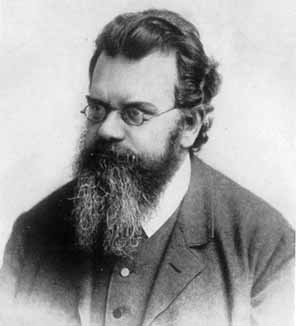 To be more specific, I am interested in models describing a large number of particles subject to various interaction phenomena and I wish to describe
the influence of microscopic scales on the macroscopic observation scales.
This naturally leads to questions of asymptotic analysis.
The adopted viewpoint is not restricted to an application and the word "particles" might cover
several physical situations: neutrons in a nuclear core, photons around a star, self-graviating planetary systems, electrons and ions
in a semiconductor device or in spacial plasmas, or even bacteria...
To be more specific, I am interested in models describing a large number of particles subject to various interaction phenomena and I wish to describe
the influence of microscopic scales on the macroscopic observation scales.
This naturally leads to questions of asymptotic analysis.
The adopted viewpoint is not restricted to an application and the word "particles" might cover
several physical situations: neutrons in a nuclear core, photons around a star, self-graviating planetary systems, electrons and ions
in a semiconductor device or in spacial plasmas, or even bacteria...
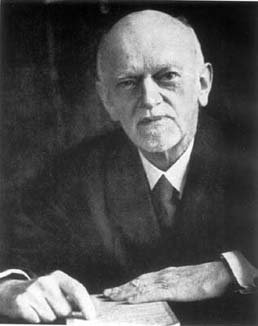 The particles can be described through the evolution of their distribution function in phase space, it is the
viewpoint of statistical physics due to
L. Boltzmann (which explains the tribute with the small pics).
This work can be related to the 6th Hilbert's problem.
The analysis of these problems relies on discussion of the modeling issues and naturally leads to problems of numerical analysis
in order to design specific methods able to
treat correctly, but for a still reasonable computational cost, the various scales involved in the problem.
The particles can be described through the evolution of their distribution function in phase space, it is the
viewpoint of statistical physics due to
L. Boltzmann (which explains the tribute with the small pics).
This work can be related to the 6th Hilbert's problem.
The analysis of these problems relies on discussion of the modeling issues and naturally leads to problems of numerical analysis
in order to design specific methods able to
treat correctly, but for a still reasonable computational cost, the various scales involved in the problem.
